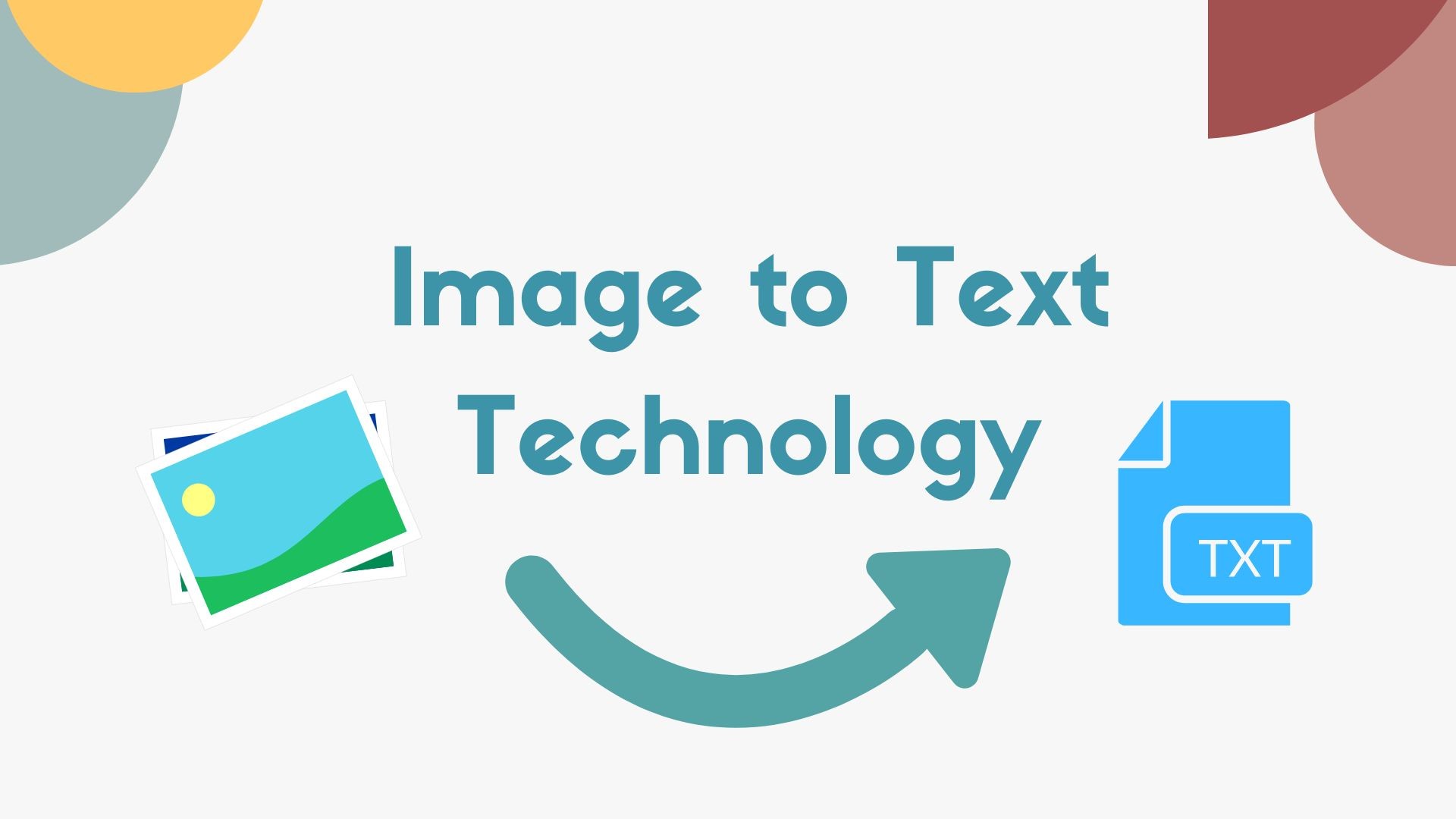
Image-to-text technology, aka Optical Character Recognition (OCR), is a technology permitting users to bring out text from a specific image. This technology mainly depends on the process of determining each character found in an image or text. Later, an intricate process is followed that converts these characters into words.
But did you ever wonder how such advanced technology works and extract text from images?
In this article, we’ll see how image-to-text technology works.
How Image-to-Text Technology Work?
You might be wondering how such advanced technology works behind the image-to-text converters to extract text from the images. So, do not worry. In this heading, we will explain how image-to-text technology works.
The OCR technology works on the following steps.
1. Image Acquisition
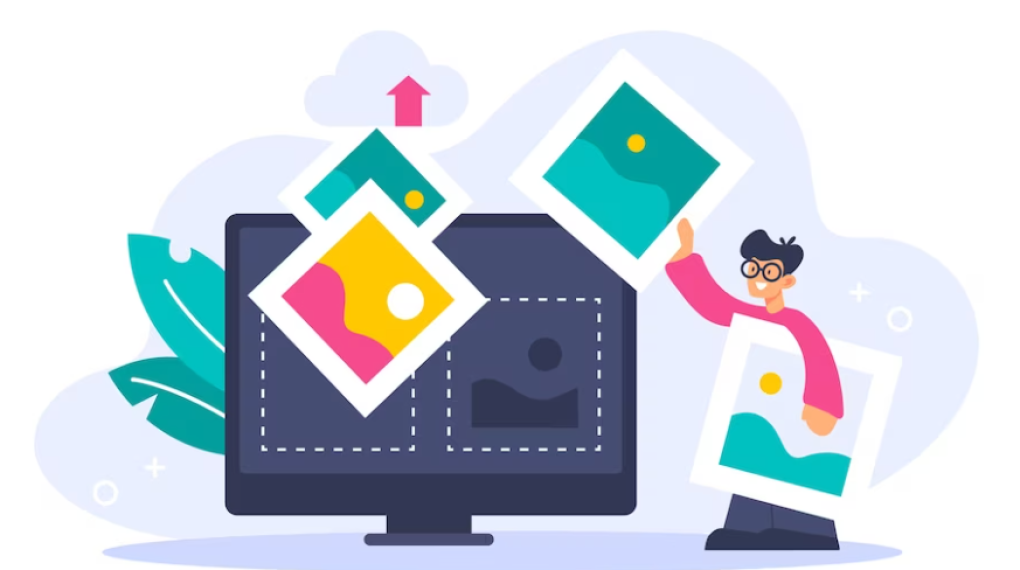
This marks the very first step in the OCR working, where it scans the image and converts the text into binary data. If you don’t know what binary data is, then you should get knowledge about it first. Machines cannot read text like a human do, so they first convert them into binary code and understand it. Each character, digit, and symbol have its own specific binary code.
After that, image-to-text technology analyze the scanned and finds the white areas, which will be the background, and the dark area, which will be the text. No matter what color your image is, the OCR technology will analyze it.
2. Image Pre-Processing
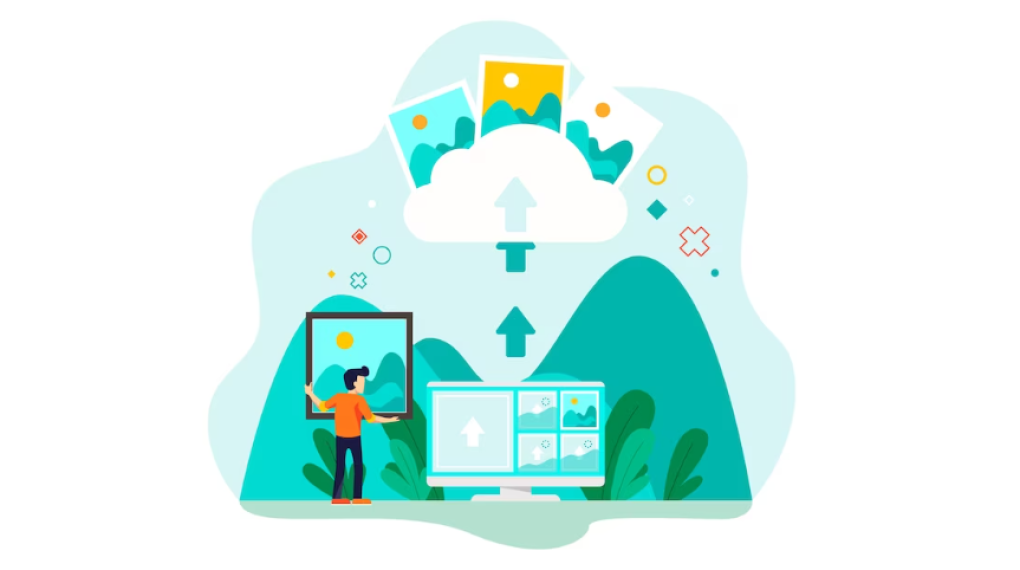
The next step in image-to-text conversion is clearing up the image. This step is called Image Pre-processing, in which it removes any unnecessary objects from the image. However, it will not remove the text from the image. Here’s how it is done:
- Fix alignment issues by adjusting the scanned document.
- Remove digital image spots or smooth text edges.
- Enhancing the image by cleaning up boxes and lines.
- Recognizing the text for OCR in multiple languages.
This is how the image pre-processing is done.
3. Text Recognition
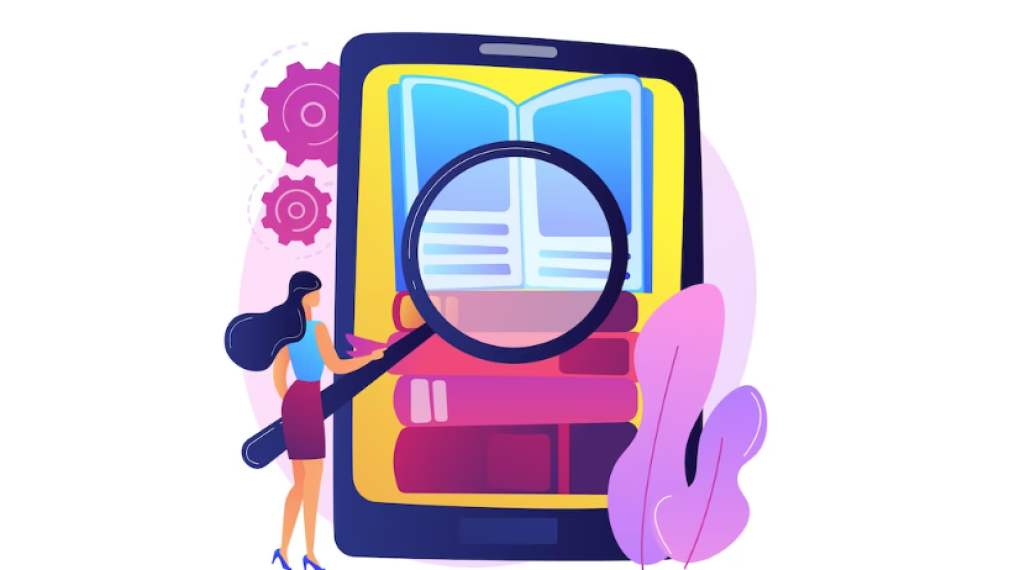
Now, after the image is scanned and cleared, the next step image-to-text technology do is, recognize the text. If you know, in the first step, it converts the text into binary code, so it will read each character’s binary code and recognize it. Even the blank space has its own binary code.
In the text recognition process, OCR technology uses two different algorithms. One is pattern Recognition, and the second, Feature Detection.
In the pattern algorithm, one has to insert text in various fonts as well as formats right into the OCR software.
On the other hand, the feature algorithm focuses on OCR software. The latter applies rules that consider the attributes of a particular number or letter for identifying characters inside the scanned document.
Both of these algorithms help OCR to understand the text.
4. Image Post-Processing
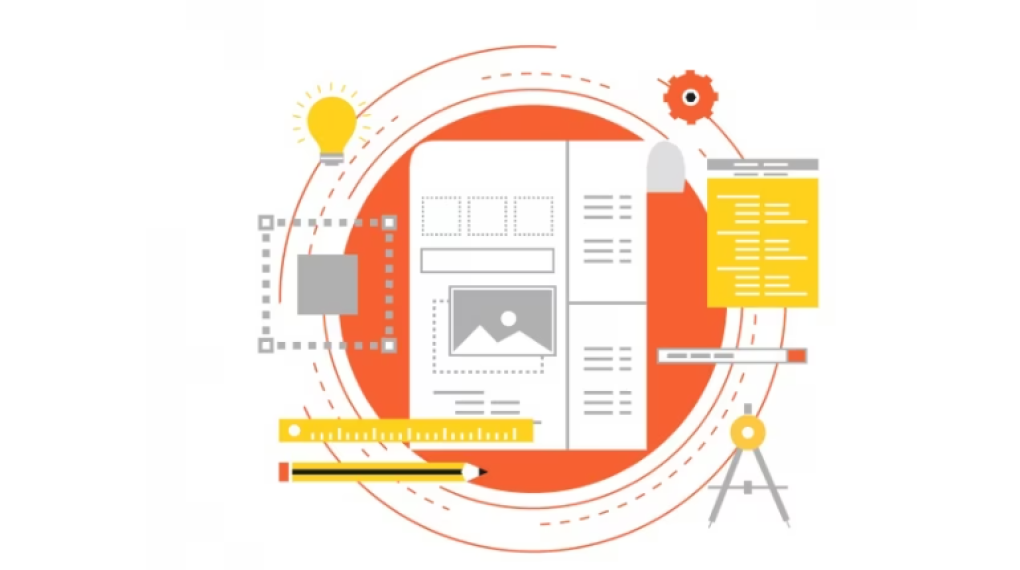
After that, the image-to-text technology will do the final work. It will convert the binary codes in the text and give you the output. You can also download the text in a .doc or .pdf file and use it wherever you want.
This is how OCR works behind an online image-to-text converter.
Advantages & Disadvantages of this Technology
Such technology also has some advantages and disadvantages for its users. Here are some of them.
Advantages:
ü It can scan even the pdf book and extract text from it.
ü It is now being used in hundreds of image-to-text converters.
ü It can extract any language text without hesitation.
ü Make it much easier for offices, banks, and businesses to extract data from physical documents.
ü It can save a lot of time and effort.
Disadvantages:
However, there are also some disadvantages to OCR technology.
û The accuracy of text extraction depends on the image quality and the text within it.
û Sometimes, it cannot scan the text from a rough image.
Wrapping Up
In conclusion, image-to-text technology can help users to convert images into editable text documents. The working of this technology involves some steps, image acquisition, pre-processing, text recognition, and post-processing.
However, there are many advantages and disadvantages to using this technology.
Read Also:






